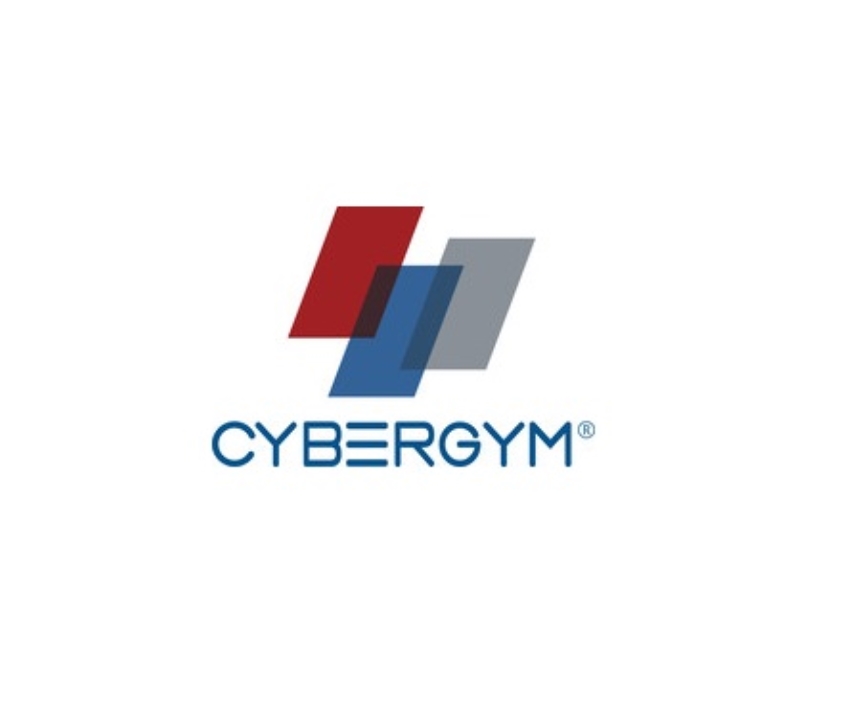Building TheHive
This is the first post about my journey of standing up a TheHive/Cortex/MISP environment. Other posts can be found here: Part I - Building TheHive Part II - Setup reverse proxy for TheHive Part III - Building MISP Part IV - Building Cortex Part V - Adding analyzers to Cortex Part VI - Setup reverse proxy for Cortex Part VII - Integrate TheHive and Cortex Part VIII - Integrate MISP to TheHive










